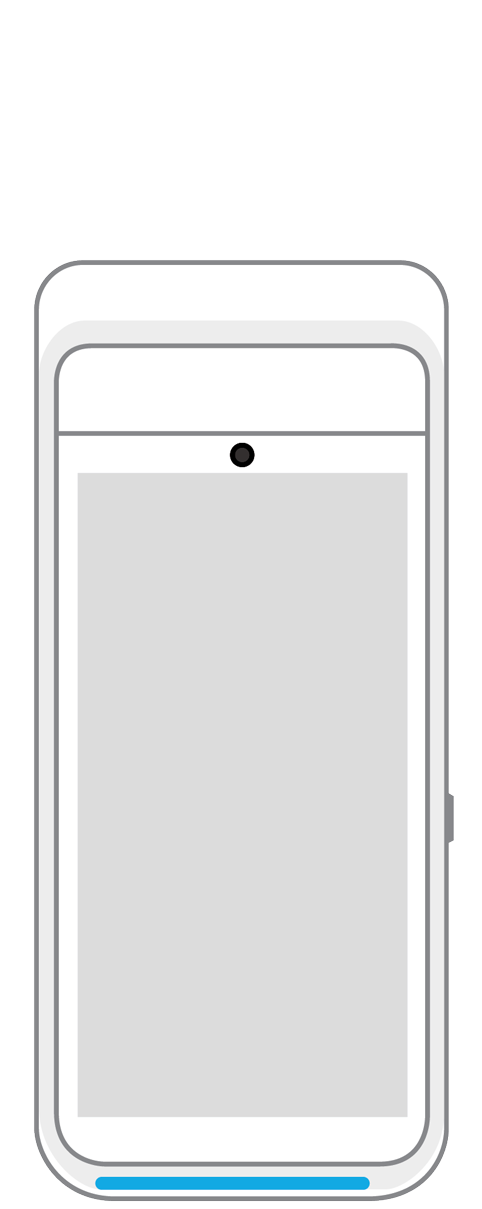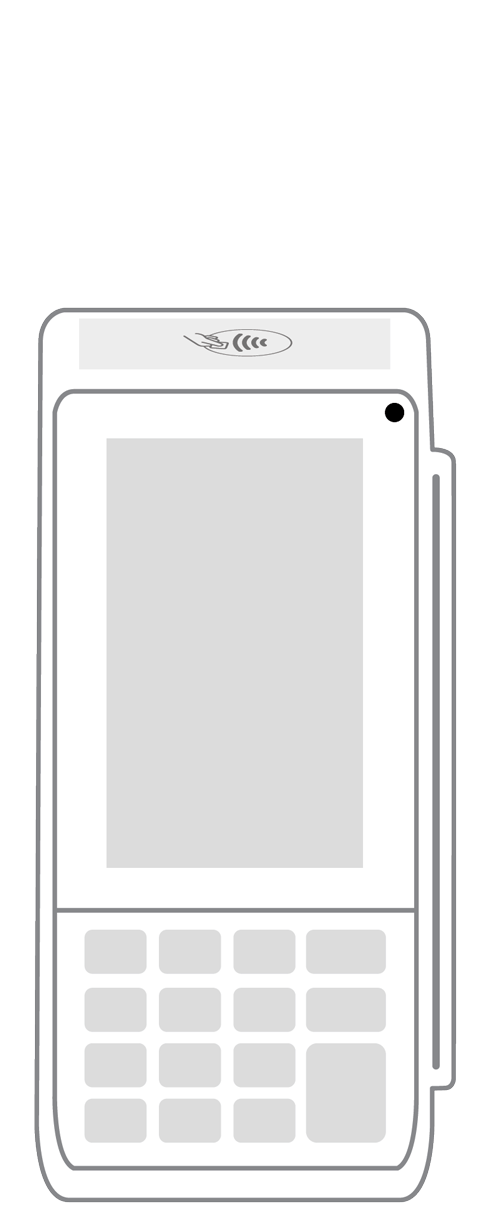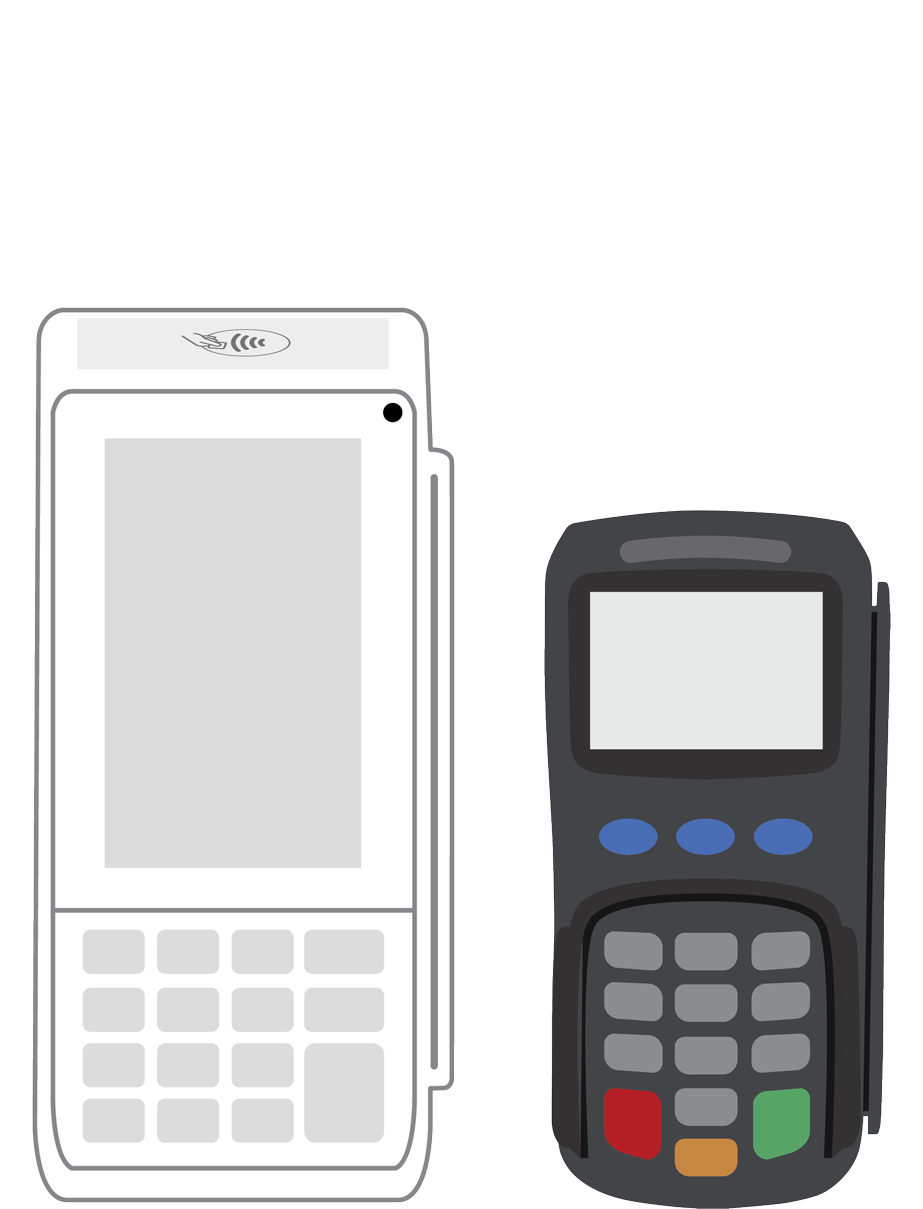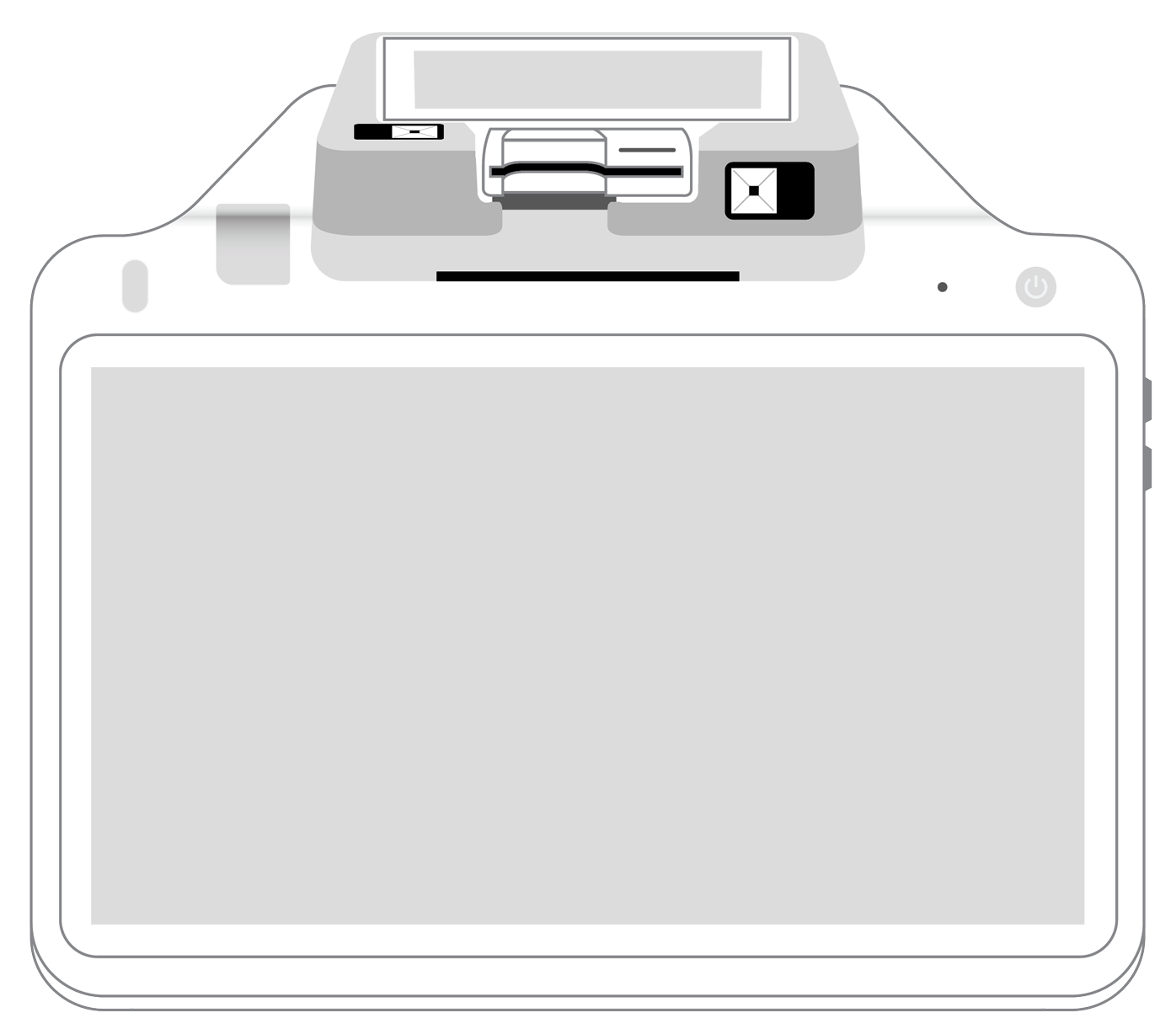A guide to the rise of NFC and tap-to-pay technology

Not so long ago, making an in-person purchase required searching for cash, painstakingly writing out a check, or swiping a credit or debit card. These procedures were inefficient, slow, and riddled with security loopholes.
Fortunately, today’s technology has given birth to touchless payment methods that have removed many of these logistical and security pitfalls once and for all.
Tap-to-pay NFC payments defined.
What is behind the speed and efficiency of contactless payments? In a few words, the answer is “near field communication technology,” commonly abbreviated as “NFC.” Contactless NFC payments involve, in simple terms, a digital handshake between your point of sale terminal and your customer’s mobile phone, smart credit card, or wearable device.
The key is short-range wireless communication. It takes place with the help of electromagnetic fields that allow devices to “talk” to each other over short distances of just a few centimeters or inches.
Popular applications that use NFC include Apple Pay and Google Pay, both of which connect to a digital wallet of pre-stored payment information that is securely maintained on the customer’s smartphone.
How an NFC contactless payment works.
The contactless NFC payment flow is straightforward. First, the customer comes to the merchant’s payment terminal to make an NFC contactless purchase. They will need their smart credit card, wearable device, or smartphone. They then tap or hover their card or device close to the merchant’s terminal. They may need to unlock their phone using biometric information before this can happen.
Next, the devices connect with each other using NFC technology in order to securely exchange data. The system generates a one-time token that hides the customer’s card information. The token is sent to the payment processor for validation.
If the payment is acceptable and is approved, the payment processor initiates the authorization with the customer’s card issuer or bank.
When a successful authorization occurs, the terminal displays a confirmation message, and the payment is completed. A receipt is displayed on the shopper’s device, emailed to them, or both.
How NFC payments protect customer data.
Considering that NFC transactions take place within seconds and can appear almost slapdash, it is logical to wonder if they are actually a safe way to exchange funds from buyer to seller. As it turns out, the answer is a resounding “yes.”
This is due to an additional layer of security that these touchless transactions offer. For instance, when a customer uses tap to pay on iPhone, all card details are masked from potential cyber thieves by means of tokenization and encryption.
Tokenization involves replacing the customer’s sensitive payment information with a unique one-time code that is useless to hackers.
Add to that the fact that NFC transactions require the involved devices to be very close together, and then augment it with biometric authentication such as facial recognition or a fingerprint, and it is virtually impossible to intercept these payments.
Benefits of NFC payments for businesses.
Above all else, NFC payments are directly in line with the preferences of today’s customers. When a buyer uses a contactless card reader to interface with their device, the process is lightning-fast and secure.
What’s more, it addresses the concerns about hygiene and safety that first came to the fore during the 2020 pandemic.
People will appreciate it when you provide them with multiple ways to pay that maintain security and safety as high priorities. With greater trust will come stronger loyalty and retention and an increased likelihood of positive reviews and referrals.
Customers are not the only ones who benefit from the convenience and speed inherent in NFC contactless payments. When businesses incorporate these safe and fast transactions into their operations, checkout lines immediately move more quickly.
All the while, security remains strong, and details of the purchase are automatically recorded in the store’s point of sale system. This data can then be retrieved later should customer questions or disputes arise and can also be utilized in the creation of sales, productivity, and employee reports.
Contactless NFC payments are seamless, fast, and extremely secure. Customers and merchants love their efficiency, which enhances both the selling and buying experiences.
If you haven’t yet brought NFC technology into your point of sale ecosystem, talk to your payment processor about upgrading today. You, your customers, and your staff will thank you.
 3-in-1 Reader |  Terminal |  Keypad |  PINPad Pro |  Flex |  POS+ | |
|---|---|---|---|---|---|---|
Payment types | ||||||
EMV chip card payments (dip) | ||||||
Contactless payments (tap) | ||||||
Magstripe payments (swipe) | ||||||
PIN debit + EBT | ||||||
Device features | ||||||
Built-in barcode scanner | ||||||
Built-in receipt printer | ||||||
Customer-facing second screen | ||||||
External pinpad | ||||||
Wireless use | ||||||
Network | ||||||
Ethernet connectivity | With dock | |||||
Wifi connectivity | ||||||
4G connectivity | ||||||
Pricing | ||||||
Free Placement | ||||||